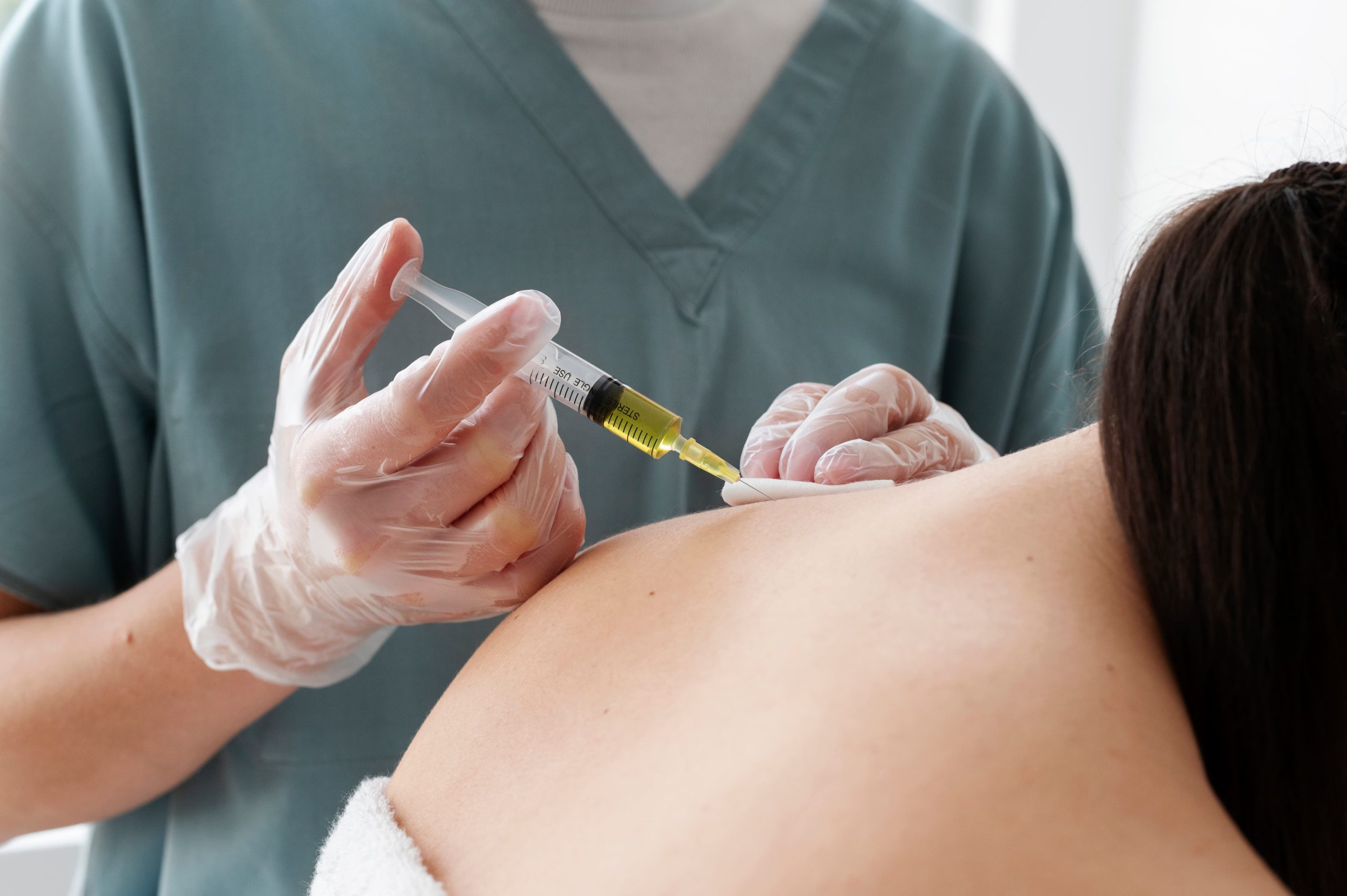Platelet-Rich Plasma (PRP) therapy has become a popular non-surgical treatment for joint pain, tendon injuries, and chronic inflammation. Patients often ask two main questions before starting treatment: Is PRP therapy safe? and Will insurance cover it? Let’s break down both concerns.
What Is PRP Therapy?
PRP therapy uses your body’s own platelets, extracted from a small sample of blood, to stimulate healing. Platelets contain growth factors that help repair damaged tissues, reduce inflammation, and promote regeneration. Because the injection uses your own blood, the risk of allergic reactions or rejection is minimal.
Is PRP Therapy Safe?
Yes — PRP therapy is considered safe for most patients.
- Biocompatible: Since the injection comes from your own blood, there is no foreign substance introduced.
- Minimal side effects: The most common side effects are temporary soreness, mild swelling, or bruising at the injection site.
- Non-surgical: Unlike surgery, there’s no anesthesia, long recovery, or risk of infection from large incisions.
- Quick recovery: Patients often return to normal activities within 24–48 hours.
Of course, PRP should be performed by a trained medical professional in a sterile environment to ensure safety and effectiveness.
Is PRP Therapy Covered by Insurance?
This is where things get complicated.
- Most insurance providers currently consider PRP therapy “experimental” or “alternative,” which means it is not covered under standard health insurance plans.
- Exceptions exist: Some providers may cover PRP when used for specific conditions (e.g., chronic tendon injuries) if strong documentation is provided.
- Out-of-pocket cost: Patients usually pay for PRP treatments themselves. Prices vary, but they are typically lower than surgery or long-term medication costs.
When Is PRP Worth the Investment?
Patients who choose PRP therapy often want:
- A natural, drug-free treatment option
- To avoid steroid injections or surgery
- Faster recovery from sports or work-related injuries
- Long-term healing rather than temporary pain masking
FAQ
Q: How many PRP sessions are usually needed?
A: Many patients see improvement after 1–3 sessions, depending on the condition.
Q: Are PRP results permanent?
A: While results vary, PRP promotes long-term healing and often provides longer relief than cortisone injections.
Q: Who should avoid PRP therapy?
A: Patients with certain blood disorders or active infections should discuss risks with their doctor.
At Spinal Recovery and Joint Center in Warren, MI, we provide safe, advanced PRP treatments to help patients recover naturally.
📞 Call us today: (586) 573-8100
👉 Learn more: https://spinalrecoverycenter.com/




